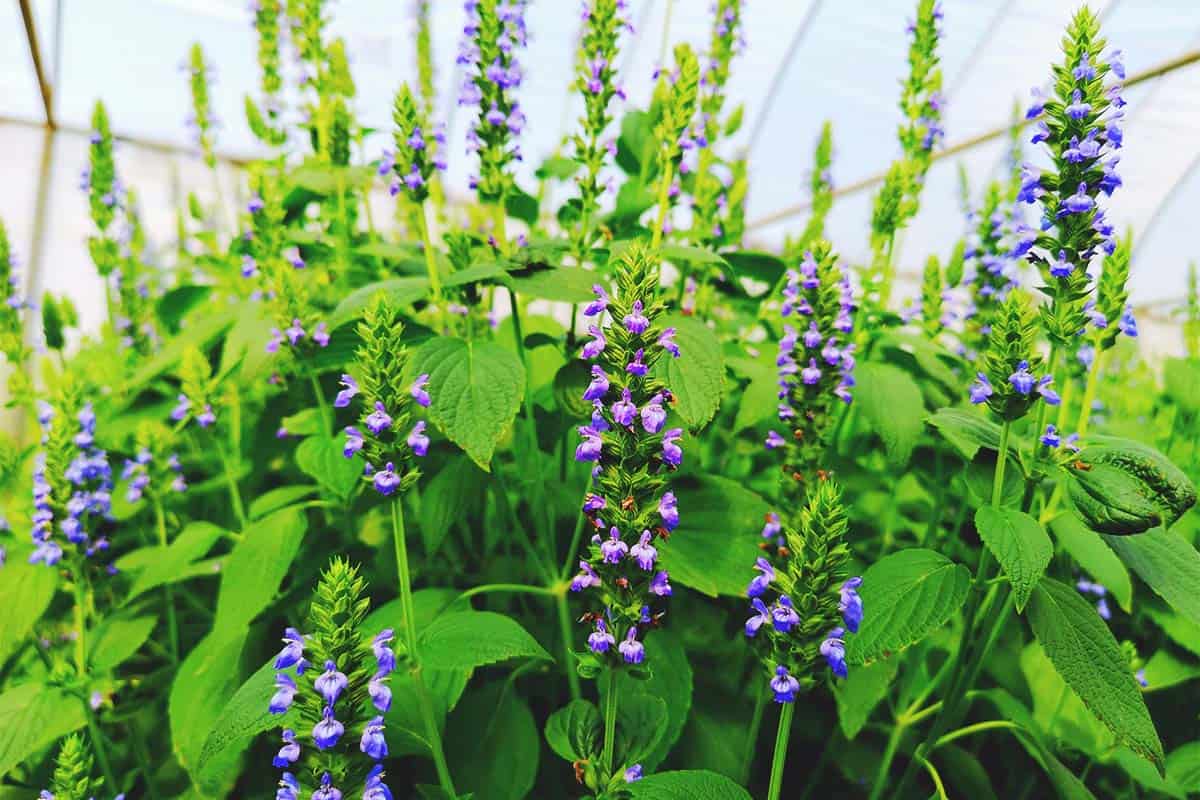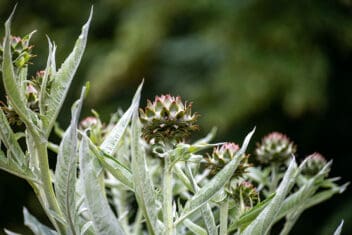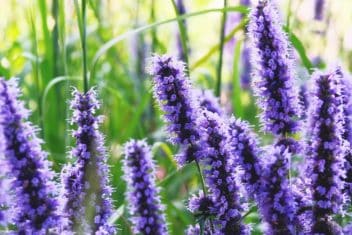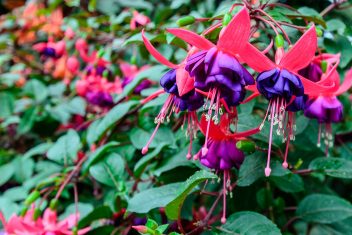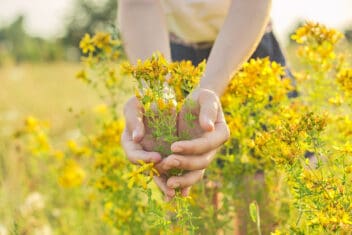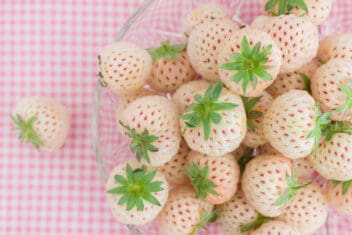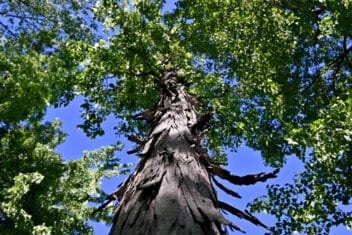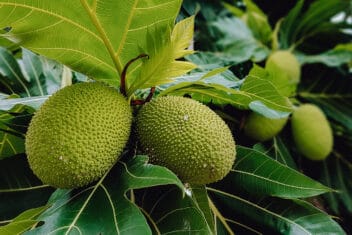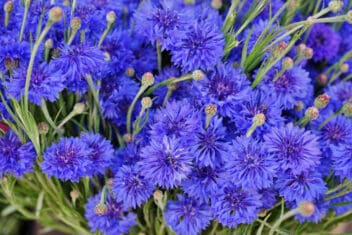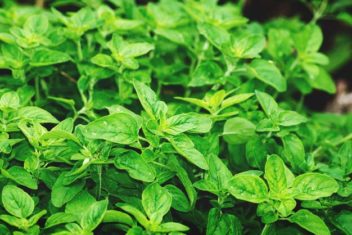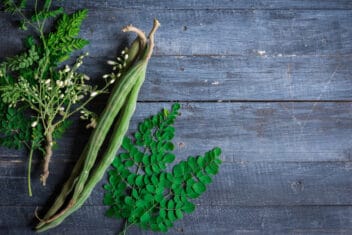Chia has become incredibly popular due to its myriad health benefits and the sheer number of recipes the seeds can be used for. Hopefully, that means more people will start growing chia in their home gardens.
The seeds are high in Omega-3 and fiber and can be added to cakes and muffins, yogurt, desserts, drinks, and many other dishes.
The best thing about chia is how easily they germinate and grow. If you’ve seen chia seeds in the store and didn’t know you could grow your own, you’re in for a treat.
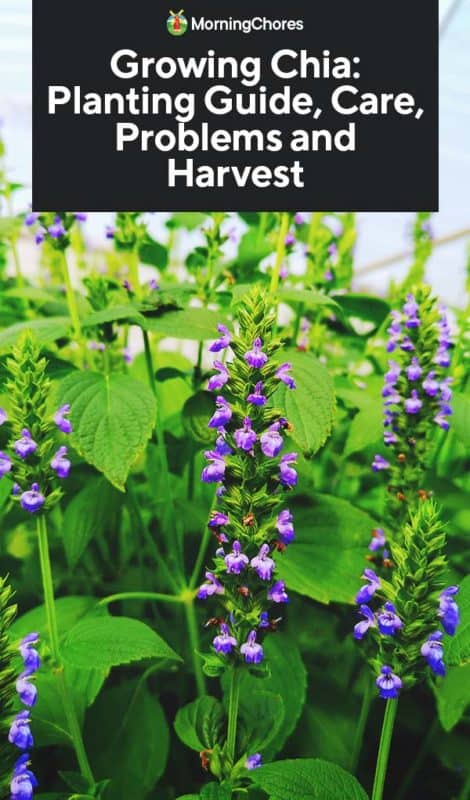
Black vs White Chia
You may have seen white and black chia seeds in the store. Those seeds don’t come from different varieties; they’re from the same plant, Salvia hispanica.
However, if you plant white seeds, you’re more likely to get a plant with more white seeds. Black chia seeds have slightly more protein, but the difference is small.
If you see brown seeds, they’re either immature or not chia seeds at all.
Seed varieties come in winter and summer types. They grow the same way, but need different handling.
You may also see desert chia, or golden chia, Salvia columbariae. This plant is native to the western United States. It’s used in a similar way to chia, though it’s a different plant.
How to Grow Chia
Chia are pretty plants with delicate tube-like purple and white flowers on tall spikes. They belong to the mint family. This herb is native to Mexico and Guatemala.
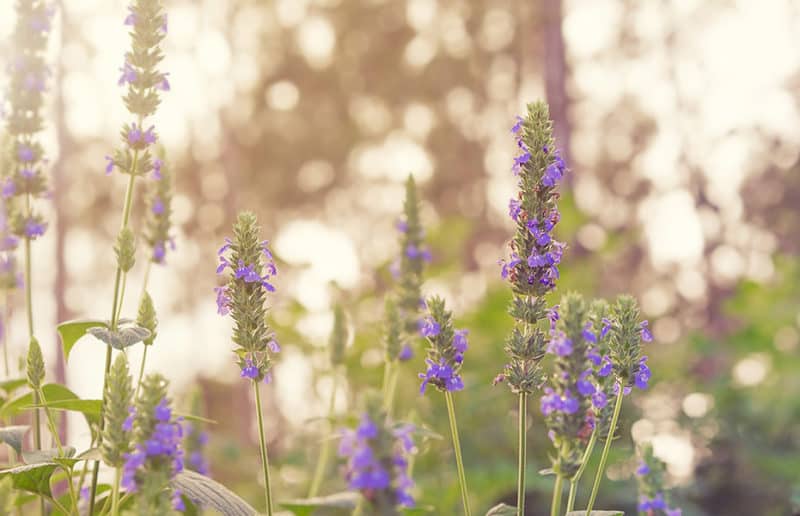
The plants get about 5 feet tall.
Where to Plant Chia
Chia performs well in USDA zones 8 to 12. Frost kills immature plants and may prevent flowering on mature plants. If you don’t live in these zones, you can still plant chia as an annual.
The plants need warm temps to start growing. It shouldn’t get below 70°F.
Chia need full sun. Chia plants grow naturally in countries close to the equator so bear that in mind when deciding where to put it.
Aim for a pH of 6 to 8.5. Chia prefer sandy, well-drained soil. They’re desert plants, so they can’t stand wet feet.
A deficiency of nitrogen will negatively impact flower formation and seed yield.
When to Plant
When to plant depends on which type of seeds you have.
Sow winter chia in the fall for an early summer harvest.
Summer chia don’t like cool spring temperatures. Sow in late spring for a late summer or fall harvest.
Container Planting
Chia seeds can be grown in pots, but I’ve always found the growth to be stunted. Chia plants grow the size of a large bush and much prefer the garden.
You have two options with container growing. The first is to use a large container – 20 gallons is sufficient. This way, you can still get a nice seed harvest.
The second option is to use a smaller container and grow the plant to use the leaves for tea. You likely won’t get a good seed output in a small container, however.
Planting Seed
You can purchase chia seeds from the supermarket and use them to plant. I’ve bought organic chia seeds from a health food store. The germination rate was well over 80%.
Better still, purchase seeds from a seed company.
To get the best result, plant inside in seed raising mix in small pots. Sprinkle a small number of seeds on the surface of the soil and water well. When the plant is about three inches tall, transplant into the garden.
You can sow seeds directly into the garden. Sprinkle on the soil and water well. Thin out as required.
Microgreens
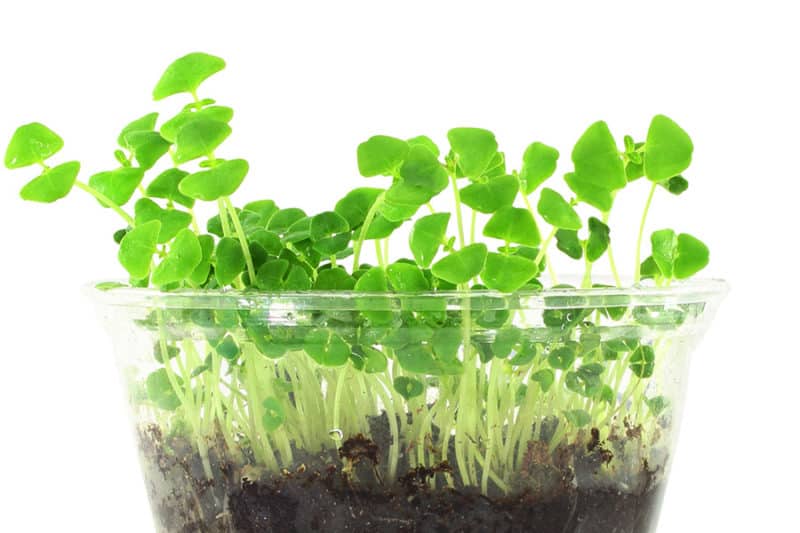
If you don’t want to plant the seeds in the garden, but still want the health benefits of chia, use the sprouts as microgreens.
Put a seed raising mix in a shallow, wide container. Sprinkle chia seeds over the surface and water. Don’t worry about burying them.
The seeds will germinate quickly. Snip off when they reach a few inches tall.
Planting Seedlings
Once your chia plant reaches 3 inches, you can transfer to the garden in suitable conditions. You may need to use cloches if it’s still cool outside.
Spacing
You can plant chia as an annual or perennial. As an annual, plant seedlings, or sow the seeds 12 inches apart.
As a perennial, space about 18 inches apart. This is to allow the chia to spread out. Let one or two bolt and drop their seed so they regrow next season.
Caring for Chia Plants
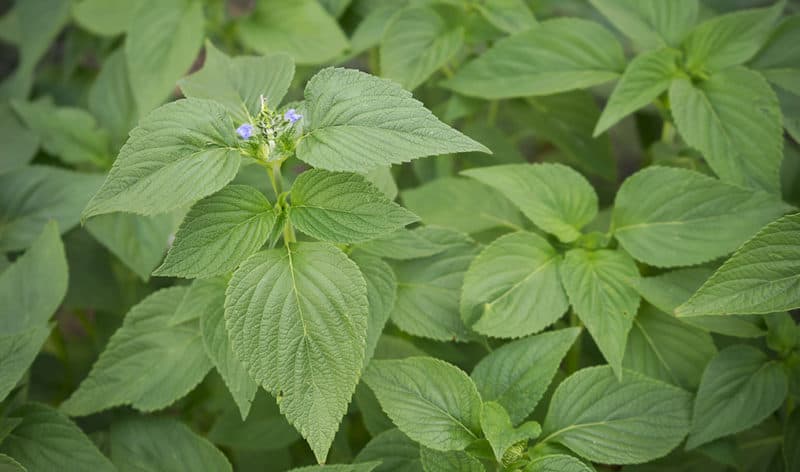
Chia are fuss-free once you’ve gotten them established. Sometimes achieving flowering can be a challenge, but that’s generally due to insufficient temperature. Plants do best when it’s above 85°F.
Fertilizer
Before planting chia, dig well-rotted manure into the soil a week or two before planting. Once the chia takes off, you don’t need to re-fertilize.
Water
Water your chia each day when the plant is very young. Once it becomes established, water the mature plant only when there isn’t a lot of rain. Chia is reasonably drought tolerant and accepts intermittent watering.
Pruning
There is no need to prune chia. If any flowers die before it’s time to harvest the seeds, remove the dead flower to encourage the growth of new flowers.
Companion Planting for Chia
Chia can grow up to 5-feet tall so plant with herbs that won’t compete with height.
I’ve had particularly good success planting chia with:
Common Problems and Solutions for Growing Chia
Chia is fairly pest and disease resistant.
In some cases, you may find the plant happy and healthy even when other plants have succumbed to rampant disease. Still, the following may impact chia plants.
Fusarium Wilt
This is a serious fungus that affects many plants. If your plants contract it, it withers and eventually dies. There are various sprays and concoctions you can purchase to control fusarium wilt.
Try neem oil because you will be eating the seeds or making tea so chemical residue is a concern. Neem oil has been shown to inhibit fusarium wilt, so use it as a preventative spray.
This prevention is all the more important if you had any plants with fusarium wilt last season, especially tomatoes.
Ways to prevent fusarium wilt include:
- Remove all weeds
- Remove all debris from the chia plants
- Use certified seeds
- Clean all gardening equipment
Cucumber Mosaic Virus
This devastating virus is one of the most common plant viruses in the world. Leaves become mottled or blistered with white, green, or yellow blisters. The leaves curl up and become crinkled. The chia plant will be stunted in growth.
Unfortunately, once your plant gets cucumber mosaic virus, you must remove it and either burn or bag up the plant material.
Prevention is essential. Use neem oil as a preventative spray. Cucumber mosaic virus is often spread by aphids, so if you control aphids, you prevent many other plant problems.
Harvesting Chia
Timing is key. If you don’t harvest in time, the chia plant will self-seed and drop your harvest.
Watch the Flowers
Don’t allow the flowers to go brown on the plant as you’ll lose much of the seed harvest. As soon as the petals have mostly fallen off the flower, snip the flower heads off.
Don’t hang chia flowers to dry or you’ll get up in the morning to find all the seeds have fallen on the floor. Instead, put them in paper bags to dry.
When the flowers are dry, carefully remove and place on a flat, clean and dry table. Simply crush and roll with the palm of your hand and the seeds will easily come out.
Brush into a sieve and move the seeds around to push through small dust. Remove any plant bits you don’t want.
Get the kids involved. Chia seed harvesting is easy and fun for children.
Store the seeds in glass containers.
Using Chia Seeds
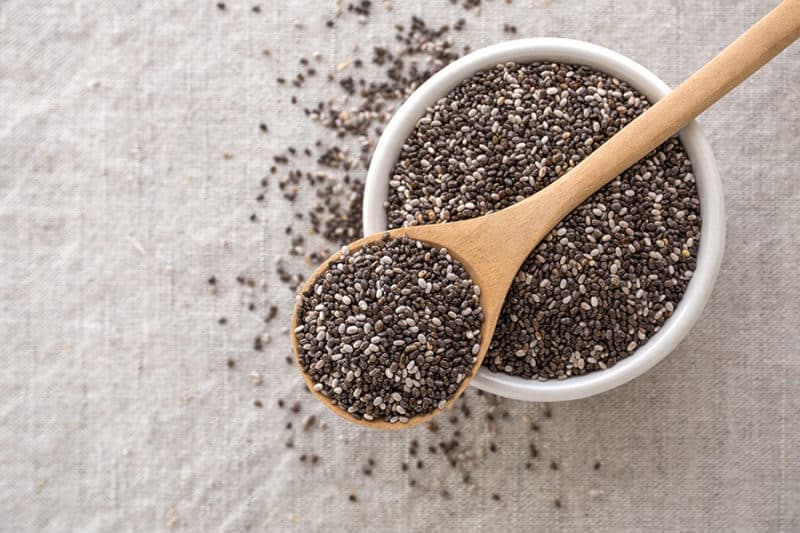
- Soak the seeds in your health drink. They don’t take long to soften and swell. Add them to smoothies and milkshakes
- Sprinkle them over food. Chia seeds are very versatile and I’ve sprinkled them on everything from porridge to salads
- Add chia seeds to homemade bread and savory muffins
- Chew them as a snack
- Use the leaves as tea
Make Chia a Part of Your Garden
Chia seeds are extremely healthy and simple to grow. If you want to try growing chia, but aren’t sure about harvesting the seeds, still grow the plants in the garden as they provide a beautiful blue color through spring.
If you have any tips on growing chia or recipe suggestions, we’d love to hear from you.
